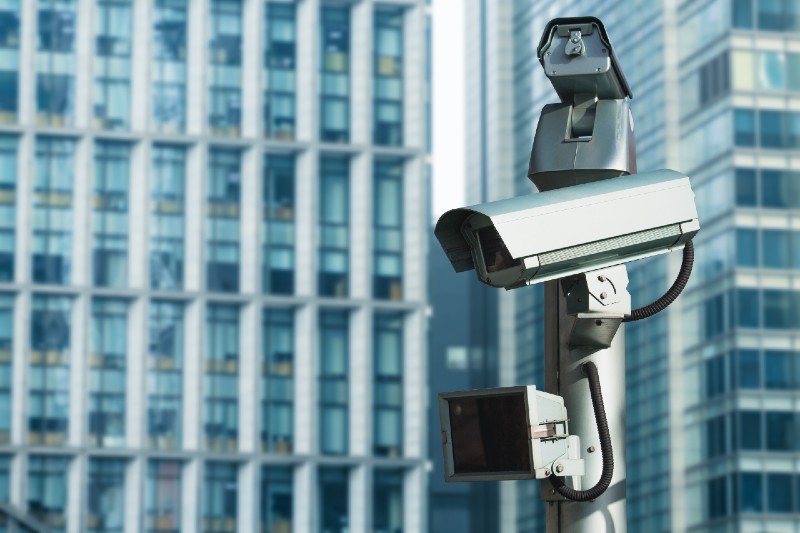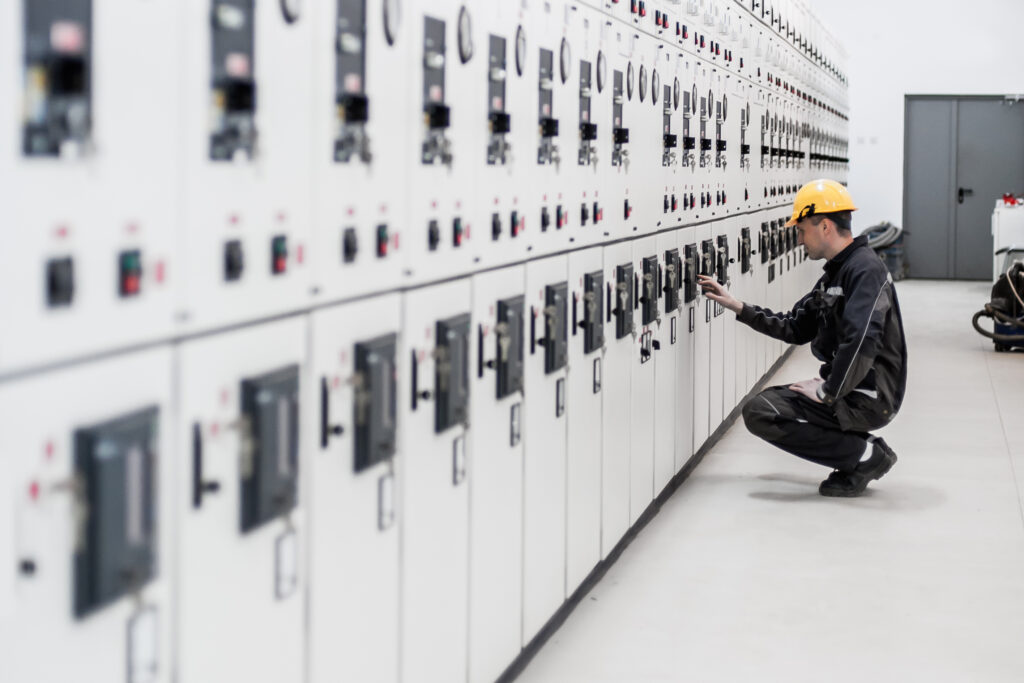What do Data Centers care about?
Short answer: Uptime and Capacity
Data center value propositions revolve around two primary elements: uptime and capacity. Data Center Uptime (DCU) is the annual guaranteed availability of a data center, categorized into the following tiers:
Tier 1
Guaranteeing 99.671% availability
Tier 2
Guaranteeing 99.741% availability
Tier 3
Guaranteeing 99.982% availability
Tier 4
Guaranteeing 99.995% availability
On the other hand, a data center’s “capacity” refers to key resources (i.e., power, space, cooling, and power/network port connections) that are available for end-user customers.
Keeping a complex “organism” such as a data center operational 24/7/365 is no easy task! Below, we explore some of the services that ARY Engineering offers, and how they enable you to increase your capacity, and improve your uptime.

As-Builts
An as-built is a set of drawings that document how something was built, as opposed to the plans that were originally used for the design of the facility.
Updated facility drawings documenting the architectural, structural, civil, mechanical, and electrical disciplines are essential to the smooth operation of a data center.

Typical as-built deliverables include:
- Plan sets of the site and facility
- Electrical and mechanical equipment schedules
- Piping & Instrumentation Diagrams (P&IDs)
- Single-Line Schematics (One-lines)
- Panel Schedules
ARY’s data center clients have found that updating their on-site documentation has resulted in:
- Improved incident response time
- Improved training procedures for on-boarding technical staff
- A decrease in vendor change-orders due to unexpected on-site conditions
- A decrease in reliance on generational knowledge
- A decrease in maintenance cost
- A direct improvement in uptime reliability
Physical Security Design
Although there is no shortage of resources spent on ensuring preparedness for a cyber-attack, the physical security of a data center is often lacking.
The physical security of any facility boils down to one fundamental problem: how to limit facility access for individuals and vehicles to and from the site.
Let ARY’s dedicated security drafting and design team support you in designing your facility’s site, considering critical factors such as:
- Ensuring sufficient lighting and camera overlap to prevent blind spots
- Removing the ability to tailgate vehicles and personnel entering the site by creating traps
- Intelligent traffic flow design to prevent gridlock due to security holdups
- A decrease in reliance on human personnel, to limit the effect of the human factor
- Protection of the facility’s critical infrastructure (controls, power, communication)

Verify Capacity with Power Studies and Redundancy Engineering
From a balance sheet perspective, a data center is a physical asset that turns electricity into profit. As a result, unexpected power losses can be extremely detrimental, whether due to a grid failure or an internal miscalculation.

To prevent costly losses, ARY’s power engineering team can implement a coordination study, including:
- Arc Flash Analysis
- Short Circuit Study
- Load Calculations
- Motor Starting Analysis
- Voltage Drop Analysis
- Overcurrent Setting Review
Data Center Cooling Design
Data centers generate an enormous amount of heat as a by-product of the electricity used to run the network, storage, and computing racks. Unfortunately, this by-product is detrimental to the technology itself, leading to reduced performance and lifespan, as well as potential automatic shutoff.
A server’s lifespan reduction is a function of the high temperatures the server experiences and the duration of that exposure.
ASHRAE TC 9.9
Whether you are working with raised floor systems, hot / cold aisle containment, or liquid cooling, ARY can help you move heat from where it is hot, to where it is not, allowing you to maintain your data center’s uptime.

